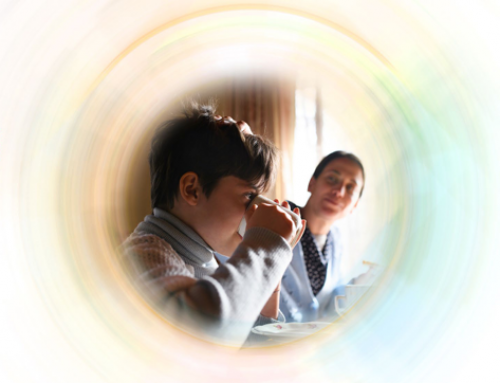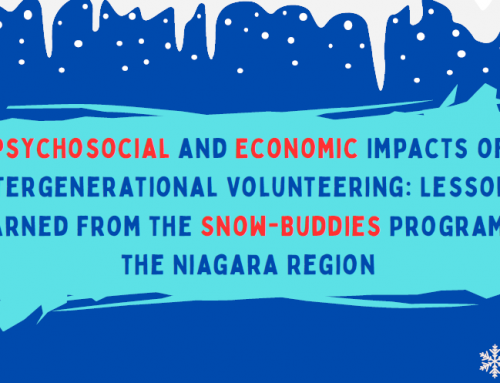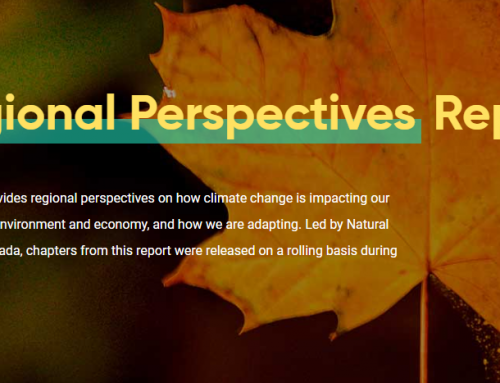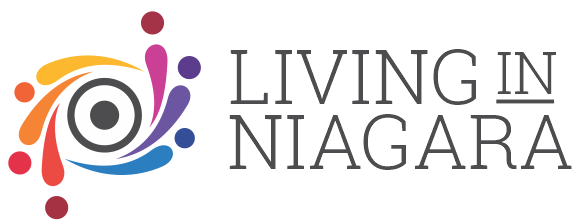Aboriginal peoples have lived in what is now Canada long before the arrival of the first European settlers. Indeed, the history of Canada would be incomplete without the stories of First Nations people, Métis and Inuit. The same is true of its future.
Past censuses have emphasized two key characteristics of the Aboriginal population: that Aboriginal peoples are both young in age and growing in number. The 2016 Census reaffirmed these trends. New data also reveal both the changing nature and the diversity of the First Nations, Métis and Inuit populations.
In 2016, there were 1,673,785 Aboriginal people in Canada, accounting for 4.9% of the total population. This was up from 3.8% in 2006 and 2.8% in 1996.
Since 2006, the Aboriginal population has grown by 42.5%—more than four times the growth rate of the non-Aboriginal population over the same period. According to population projections, the number of Aboriginal people will continue to grow quickly. In the next two decades, the Aboriginal population is likely to exceed 2.5 million persons.
Two main factors have contributed to the growing Aboriginal population: the first is natural growth, which includes increased life expectancy and relatively high fertility rates; the second factor relates to changes in self-reported identification. Put simply, more people are newly identifying as Aboriginal on the census—a continuation of a trend over time.
The First Nations, Métis and Inuit populations continue to be significantly younger than the non-Aboriginal population, with proportionally more children and youth and fewer seniors. However, they too are aging—in 2016, those 65 years of age and older accounted for a larger share of the Aboriginal population than in the past.
The data provide a portrait of the rich diversity of First Nations, Métis and Inuit populations. More than 70 Aboriginal languages were reported in the 2016 Census. Growth was observed in the Aboriginal population in urban areas, as well as First Nations people living on reserve and Inuit in Inuit Nunangat. Aboriginal children were more likely to live in a variety of family settings, such as multi-generational homes, where both parents and grandparents are present.
The 2016 Census of Population Program offers a wide range of analysis, data, reference and geographical information according to topics (subjects) that paint a portrait of Canada and its population. For other related information visit this webpage.
Published By: Statistics Canada
Publication Date: October 2017
View Aboriginal Peoples in Canada: Key Results from the 2016 Census








